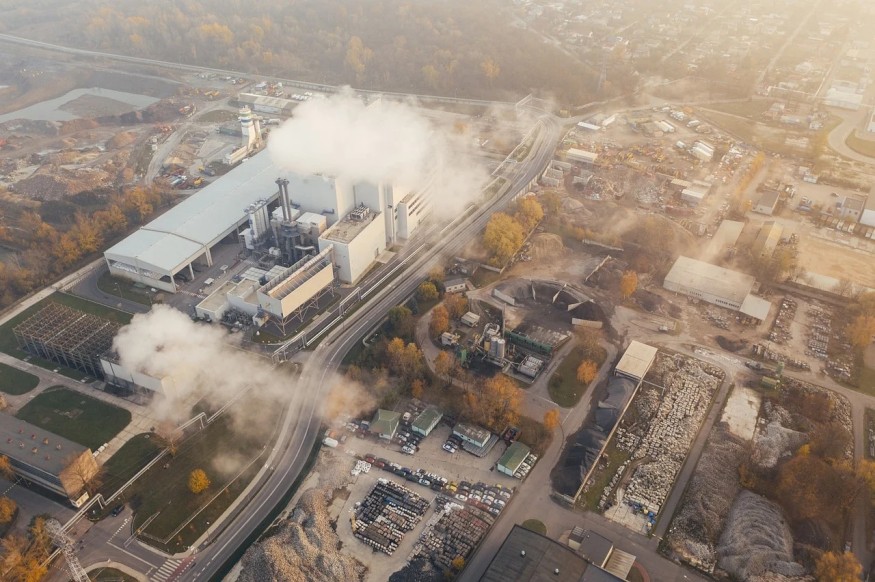Ozone pollution can have severe effects on the health of humans and plants, and ways to avoid them are discussed here, including a new electrode printing solution.
As a potent oxidant, ozone is an irritant. Airborne ozone is hazardous to human health, especially during hot weather, when it could reach dangerous levels.
In crops, ozone exposure as low as twenty parts per million for just an hour could permanently lower yields by up to 10 percent.

EUROPE: One Death Out of Eight Associated with Pollution, Report Says
Effects on Human Health
Ozone constricts airway muscles and traps air in alveoli, causing shortness of breath and wheezing. It can also cause pain when deep breaths are made.
Ozone causes itchy and sore throat, as well as coughing. It damages and inflames the airways, worsens other lung diseases like chronic bronchitis, asthma, and emphysema, and increases asthma attacks. It can also cause the lungs to be more vulnerable to various infections.
Even if the symptoms have gone, ozone can continue to cause damage and even cause COPD or chronic obstructive pulmonary disease.
Populations at Risk
The people who are at most risks from ozone pollution are asthma patients, children, the elderly, and those who conduct activities outdoors, especially workers.
People having certain genetic conditions and nutrient deficiencies like vitamins are also at risk.
Children still have developing lungs and are, therefore are the ones at the highest risk. They are also quite active outdoors, especially during times that levels of ozone are high. Children are more susceptible to asthma, as well.
Chronic ozone exposure can aggravate asthma and can even be its cause. Chronic exposure is also linked to abnormal development of lungs in children.
READ ALSO: Climate Change: The Negative Effects on Human Health
Diagnosing and Preventing Ozone Damage on Crops
Early diagnosis of ozone damage on crops is crucial but challenging because steps must already be done before visible damage on the leaves.
Polymer electrodes as small as a fingernail may be printed or 'tattooed' on leaves to detect unseen damage by ozone and save harvests. This was the study of the University of Massachusetts at Amherst researchers led by Trisha Andrew.
As ozone kills the cells of the leaf, its tissues' electrical conductivity is reduced. The research team, therefore, printed 1-um thick electrodes on leaves from apple trees as well as Chardonnay, Concord, and Merlot grapevines.
Afterward, they exposed these leaves to different levels of ozone. The research team found that electrical conduction was reduced at higher ozone levels. This technique can be helpful in monitoring exposure to ozone in orchards and vineyards.
Studies on Human Health
New studies report links of short ozone exposures to fatalities, including deaths from respiratory diseases. Chronic exposure increases the probability of dying from respiratory illness.
Risk can be reduced by avoiding physical activities in areas with high vehicular traffic, as well as sites where combustion like burning biomass, wood, and other materials are conducted.
Other means to reduce risk include wearing face masks, avoiding the use of solid fuel in cooking, isolating and ventilating cooking areas, and the use of air cleaners capable of trapping particulates.
Ozone pollution can seriously affect the health of humans and plants, but measures can be done to avoid it.
READ NEXT: Climate Change: Unborn Children From Morwell Fire Has Increased Risk of Respiratory Infection
Check out for more news and information on Respiratory Health on Nature World News.
© 2025 NatureWorldNews.com All rights reserved. Do not reproduce without permission.





